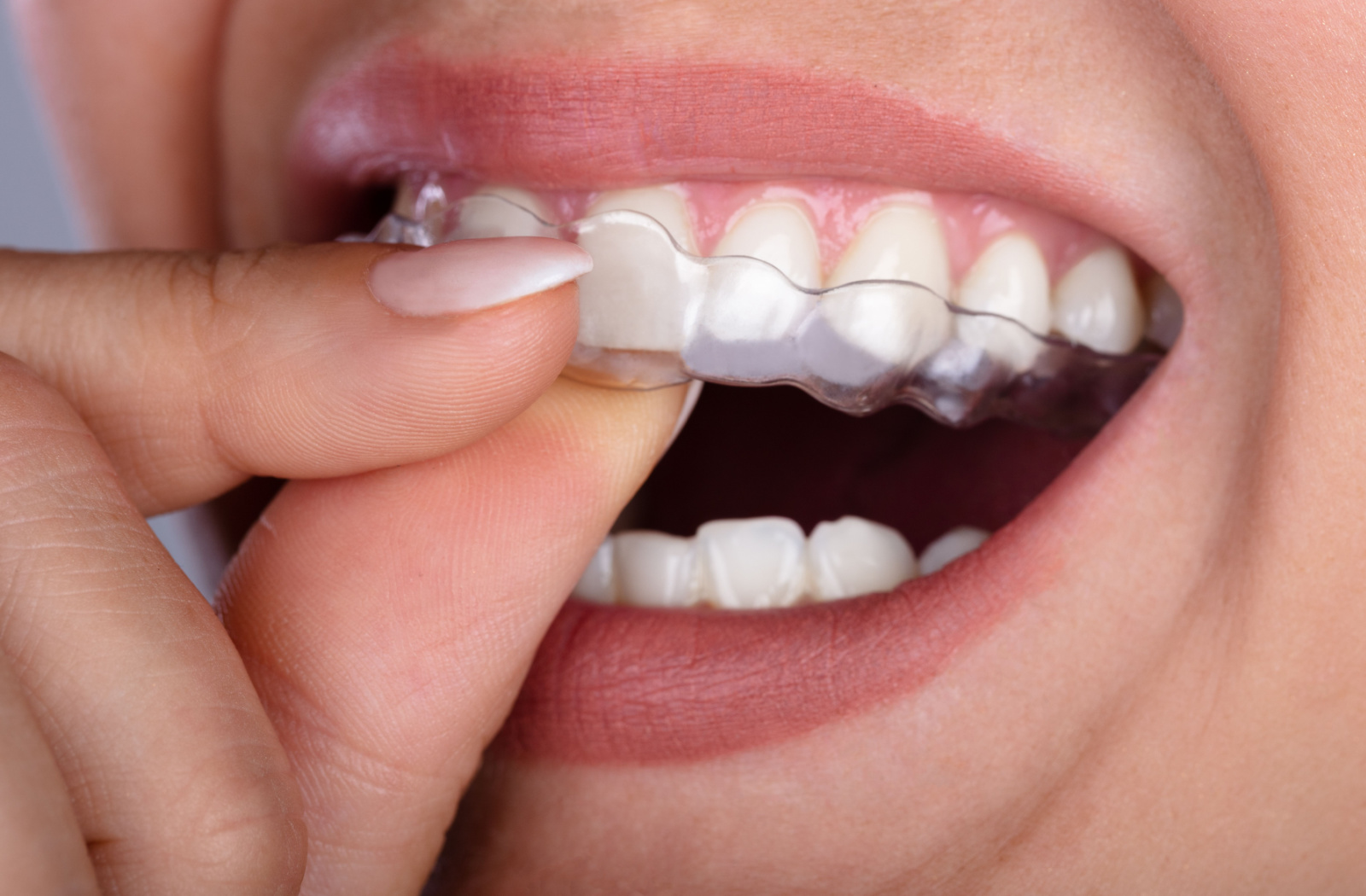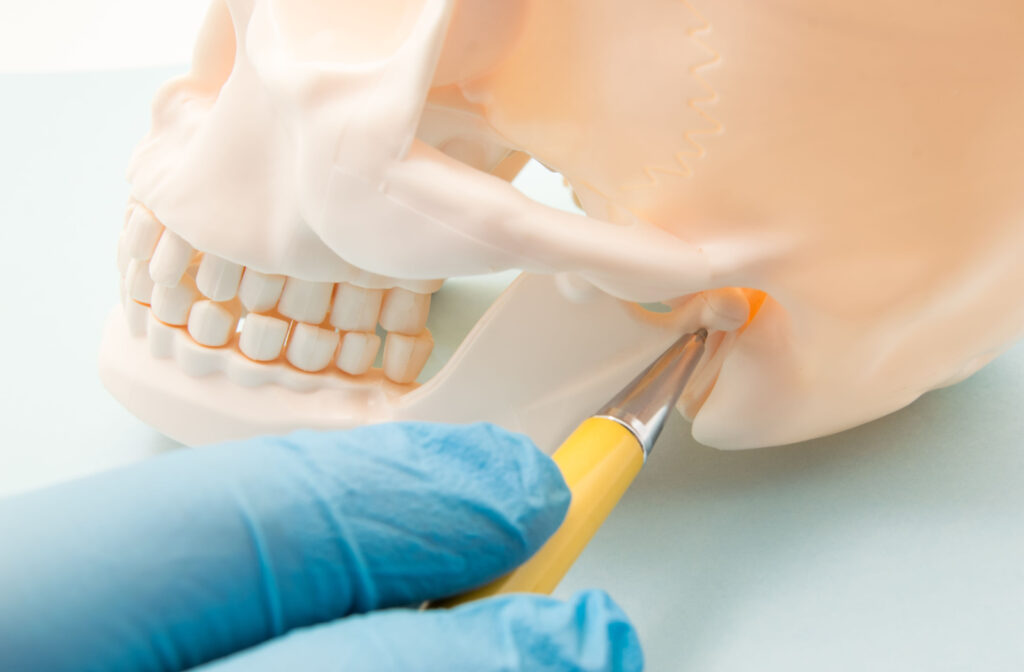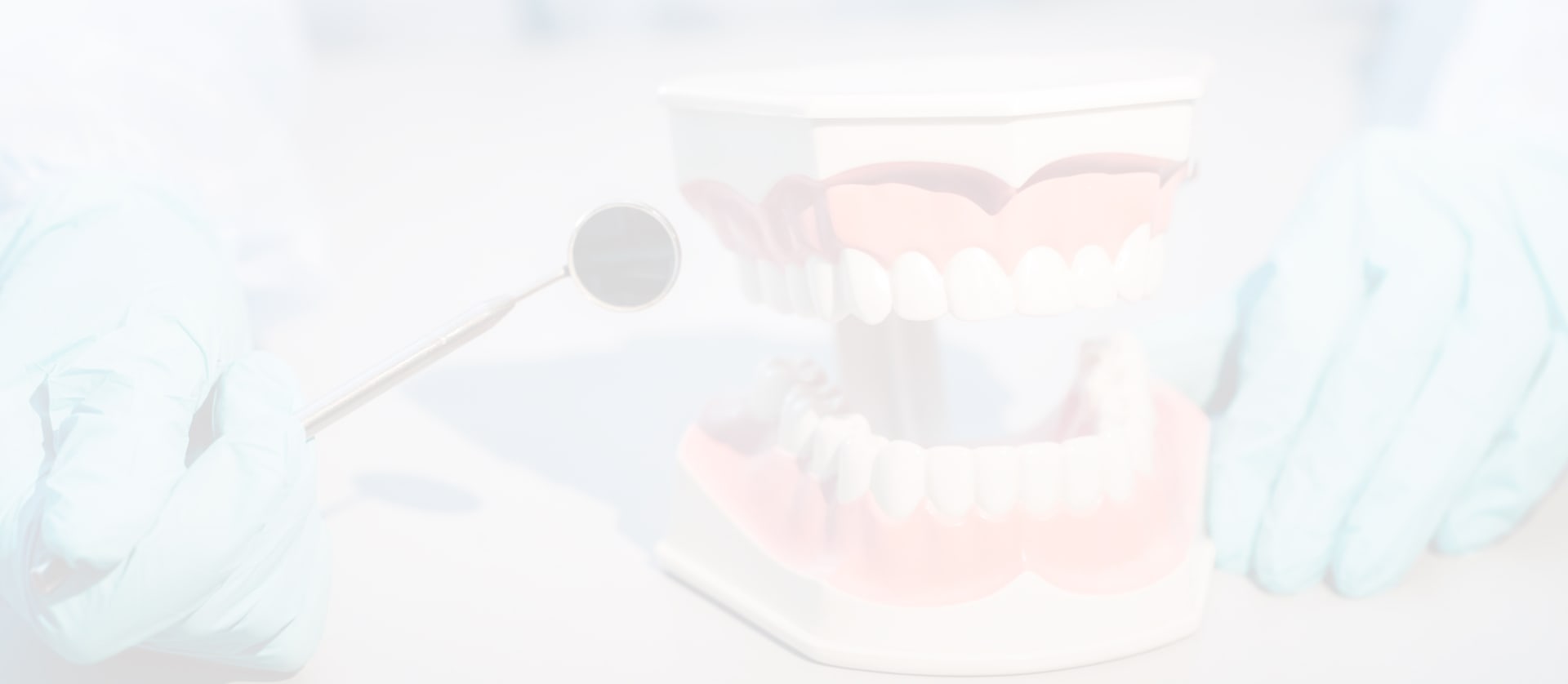Temporomandibular joint (TMJ) disorders, also known as TMD, are a group of conditions that affect the jaw joint and muscles that control its movement. They can be quite painful and can cause difficulty in speech, eating, and even sleeping. Braces may be able to fix TMJ disorders by correcting tooth and bite alignment in some cases, but your dentist can give you a better idea of whether an orthodontic treatment will work for you.
Traditional treatments for TMD also include medication, therapy, and surgery. So, there may be another treatment that can bring you relief if braces aren’t the answer.
What Is TMD?
TMD is a term used to describe pain or discomfort in the muscles and joints that connect the jawbone to the skull. It affects 25% to 30% of the population.
Symptoms of TMD
Symptoms may vary from person to person, but some common symptoms can include:
- Pain or tenderness in the jaw joint (discomfort may be worse when waking up, clenching your jaw, or chewing)
- Difficulty opening and closing your mouth (your jaw may even lock open or closed)
- Unexplained headaches, shoulder, or neck pain
- Clicking, grinding, or popping noises while chewing or yawning
Causes of TMD
The exact cause of TMD is not always clear, but many cases seem to result from stress. Several other factors could also contribute to its development:
- Jaw injury or misalignment
- Clenching or grinding your teeth
- Diseases like rheumatoid arthritis
- Developmental issues like the jaw not growing correctly or misaligned teeth and bite
Preventing TMD
While not all cases of TMD can be prevented, there are a few things you can do to reduce your risk of developing it. These include avoiding excessive chewing or mouth opening, maintaining good posture, and reducing stress through relaxation techniques. Wearing a mouthguard at night can also help protect your teeth from grinding.
Braces for TMD
A misaligned bite can put excess pressure on certain areas of your jaw, leading to TMD symptoms. So, braces may be able to treat TMD by correcting the alignment of teeth and the bite. Braces can reposition your teeth so that they come together evenly, reducing stress on your jaw joint and muscles.

Other TMD Treatments
There are a range of other treatment options for TMD. Your dentist or doctor can recommend a treatment for you based on your particular case.
Non-Surgical Treatments
Non-surgical or medication treatments include:
- Over-the-counter (OTC) or prescription painkillers
- OTC or prescription non-steroidal anti-inflammatories (NSAIDs)
- Muscle relaxants
- Antidepressants (some antidepressants change the way the body perceives and reacts to pain)
- Mouth guards
- Physical therapy
- Trigger point injections
- Ultrasound therapy
- Transcutaneous electrical nerve stimulation (TENS)
With any medication, there are typically advantages and disadvantages. For example, some antidepressants can cause bruxism, which may be counterproductive when trying to treat TMD. Be sure to discuss the risks and benefits of medications with your dentist or doctor.
Surgical Treatments
You’ll need to see a surgeon or a maxillofacial surgeon for surgical treatments. Surgical treatments include:
- TMJ arthroscopy to work on various parts of the jaw and how it connects to the skull
- Open-joint surgery
- Arthrocentesis to relieve swelling and joint pressure in your jaw
Will TMJ Pain Go Away on Its Own?
TMJ pain can often seemingly come out of nowhere, which is a significant part of why it can be hard to pinpoint an exact cause. There also isn’t a medical specialty that deals specifically with TMD. One important thing to note is that TMJ discomfort often resolves itself eventually without treatment.
Specific exercises may help alleviate some of the painful symptoms of TMD in some cases. But keep in mind that these exercises may not be beneficial when you’re actively experiencing discomfort from the condition.
Some exercises you can try from home include:
- Resisted opening and closing exercises: Place your thumb under your chin and gently push to close your jaw while trying to keep it open or vice versa and try to keep your jaw closed with your thumb.
- Stretching exercises: Gently open your mouth as wide as it will go while looking up. Then close your mouth and move your jaw to the left and then the right without moving your neck.
If you experience any discomfort during these exercises stop them immediately. The joint may not be ready for that movement yet.
Discuss Your Symptoms with Your Dentist
Your dentist is typically well-versed with most things related to the mouth, and TMD can be related to your mouth and jaw alignment. It’s a good idea to discuss your TMD symptoms with your dentist if they’re persistent. Your dentist may be able to determine whether an orthodontic treatment like braces may be an effective treatment to alleviate your discomfort.Book an appointment at Fairlawn Dental Centre. Our staff is happy to book you in at a convenient time to sit down and discuss your concerns with Dr. Ferhana Jaleel.










